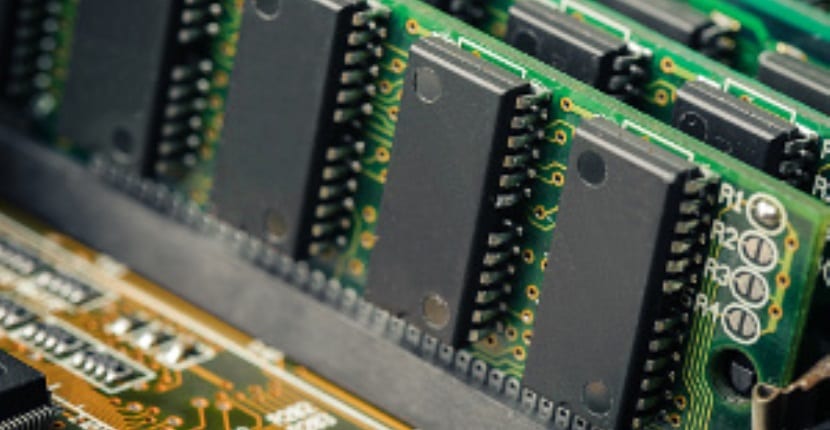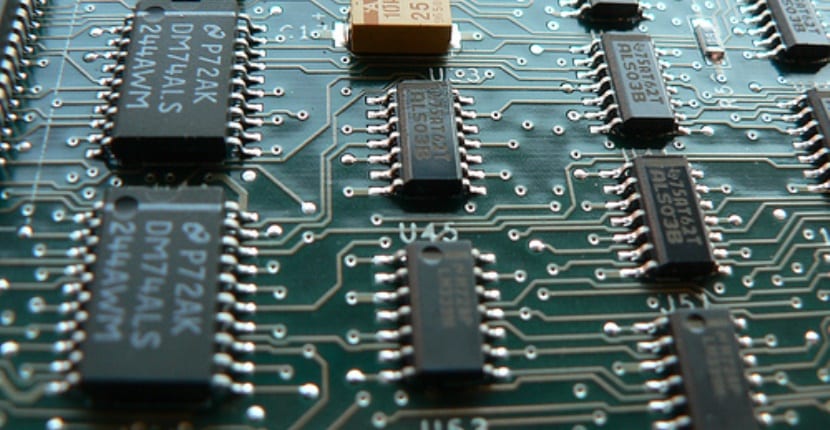
Many are the researchers and managers of different companies who do not tire of commenting, whenever they have the opportunity, that today human beings are capable of generating so much information that current storage systems, or processors, they can become obsolete sooner than we can imagine Due, precisely, to the needs that little by little we are having without even realizing it.
Due to this, it is not surprising that, while funding research that could solve these types of problems at a stroke, such as quantum computing or get to store data in DNA strands, something that could still take too long to be a technology that we can all use, we must continue working on the evolution of current mechanisms.

This new ReRAM chip has been recognized as one of the most complex nanoelectric systems on the planet
Because of this it is not surprising that, at the same time as in the Massachusetts Institute of Technology (MIT) work is being done on the development of new methodologies both for quantum computing and to be able to store data in DNA, to give an example of two of the projects in which they are working today, collaborations are also sought to evolve current technologies such as may be the case of the new method to build chip 3D RAM that have just been announced and for which they have required the collaboration of the Stanford University.
At this point, perhaps we should pause and explain for a moment precisely what a ReRAM chip is, something that is still a next-generation three-dimensional processor where Computing capabilities are combined with storage possibilities in the same unit. These new chips are manufactured using carbon nanotube transistors instead of using traditional silicon.
Once we have this clear, it is sure that it is somewhat easier for us to understand precisely what is, for sure, the impressive work that researchers and engineers have done both at MIT and Stanford University, work that passes for having integrated more than two million transistors and one million ReRAM cells on the same chip, achieving, as it has already been named, develop one of the most complex nanoelectronic systems on the planet.
This new technology can affect the computers that we use on a daily basis in many ways, for example in our homes or offices since, as you surely know, normally the memory and data processing chips are separate. Due precisely to this problem in the current architecture we find ourselves with one of the great bottlenecks of our computers since you can have a very good storage memory and a processor with a lot of performance that you will always depend on the connections that exist between both, on all when you need to process a lot of information and you have to take large volumes of data from its storage place to where you want to process it and then return the results.

A ReRAM chip can double the power of a current processor
As you will surely be imagining, thanks to the use of the new ReRAM chips we eliminate the difficulties in handling large volumes of data since everything is in one place. The most immediate result of this is that, as has already been shown in different studies, we save a lot of time in data transfer so that the speed of the processor can at least double.
Heeding the words of Subhasish Miltra, professor at Stanford University and one of the people in charge of this project:
The new 3D architecture provides tight integration between data processing and storage, far overcoming bottlenecks that occur when moving data between chips.
As a result, the chip is capable of storing large amounts of data and performing the necessary processing tasks to transform it into useful information.
For the moment the truth is that still there is a long time until this new technology can reach our homes. At the moment, as the team responsible for this advance has communicated, they are focusing on developing new versions of the system that take full advantage of the capacity to carry out the detection and processing of data on the same chip.